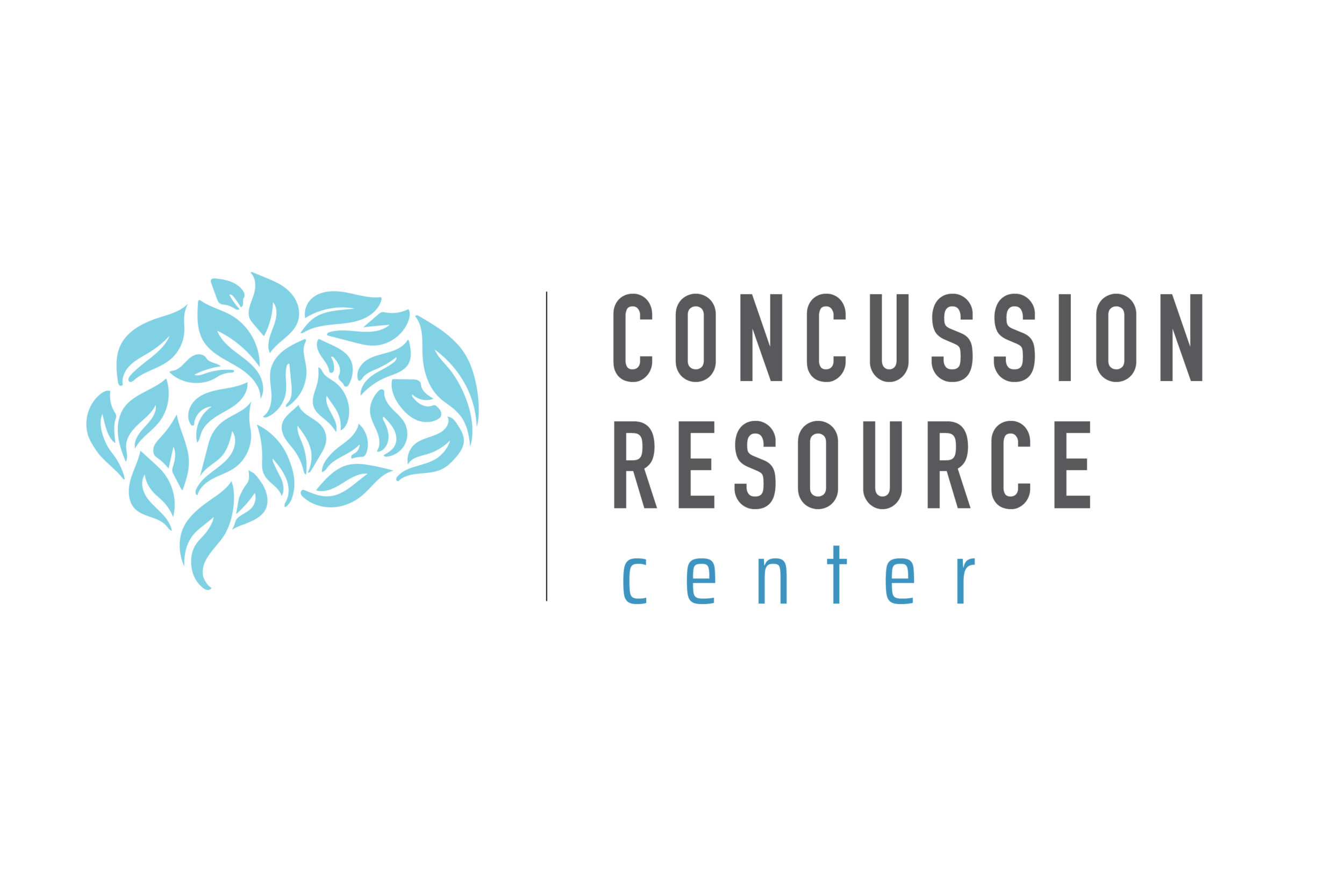Experiencing Childhood Concussions
The scope of understanding brain injury is both a blessing and a curse. On one hand, an increased understanding of the variation in severity and symptoms helps ensure that every brain injury patient gets the care they need. On the other hand, some brain injuries tend to be minimized and overlooked based on an evaluation of symptoms.
I only lost consciousness with one of my concussions, and only for a split second. Because of that, after my first concussion I was allowed to return to sports despite having persistent symptoms. I received my second concussion just 4 months after my first, a few days after my 13th birthday. What followed next was a blur – a diagnosis of post-concussive syndrome (the first of three such diagnoses), constant pain and nausea, and part time school.
The thing with concussions is, once you hit your head a certain number of times or in a certain way, nothing is minor. I received my first concussion a little over eight years ago, and the nervous system dysregulation, chronic migraines, and a variety of cognitive issues will likely impact me for the rest of my life. Brain injury can destroy cell connections, essentially rewiring parts of your brain. For me, this has presented as near-daily dizziness, nausea, cognitive impairment including problems reading, speaking, memorizing, and learning new information, and chronic migraines with aura.
While there has been an influx of information in recent years about the long-term impacts of concussions, there is still an insufficient understanding of the long-term impacts of multiple concussions, particularly in children. While there have been studies on the impact of concussions in later life, that information is often not disseminated by medical professionals or understood by those with concussions. Getting a concussion can feel so overwhelming that seeking additional treatment feels impossible – there are simply too many resources to wade through, with limited ways to test legitimacy of treatment. For my post-concussive syndrome, for example, I tried aromatherapy, acupuncture, massage therapy, chiropractic care, and medication with limited success.
Living in chronic pain wires your brain to interpret any kind of stimulation as dangerous. Every time I bump my head on a doorway or my car skids on a patch of ice, my body goes into fight or flight mode. This is common – people with chronic pain experience a change in the functioning of the frontal cortex that means emotions are always at an all time high. Physically, mentally, and emotionally this is exhausting. If any of these symptoms sound like something you’re experiencing, please reach out for help. Feelings of despair and isolation are just that: feelings. Every day, you have the opportunity to change your reality.
